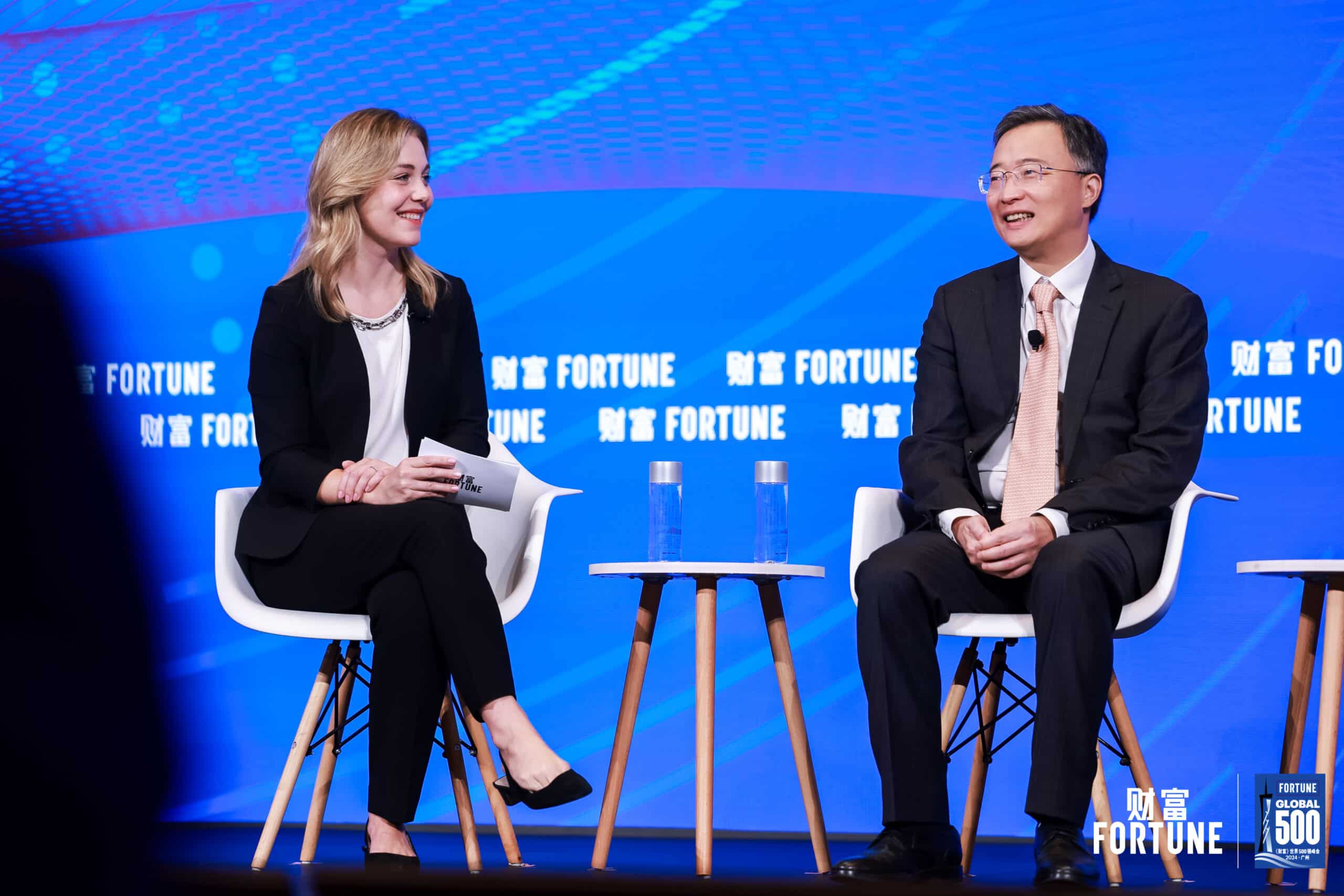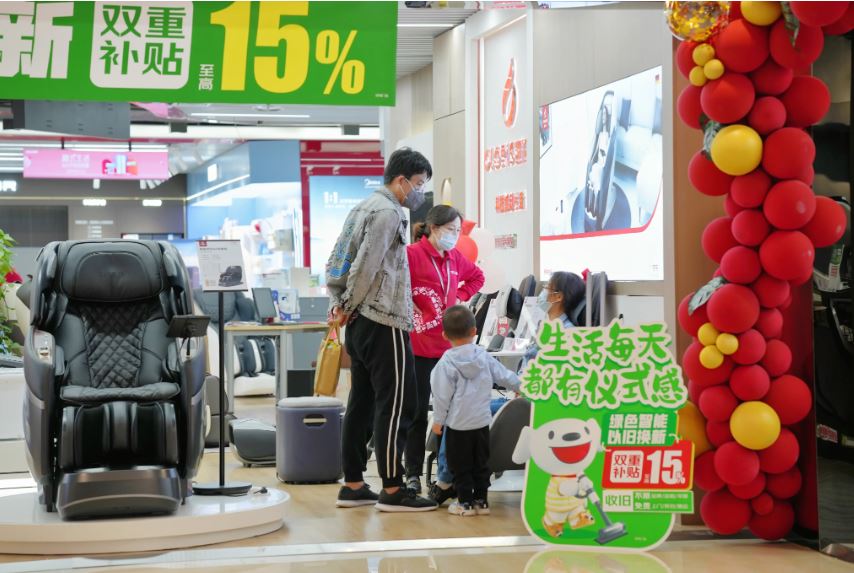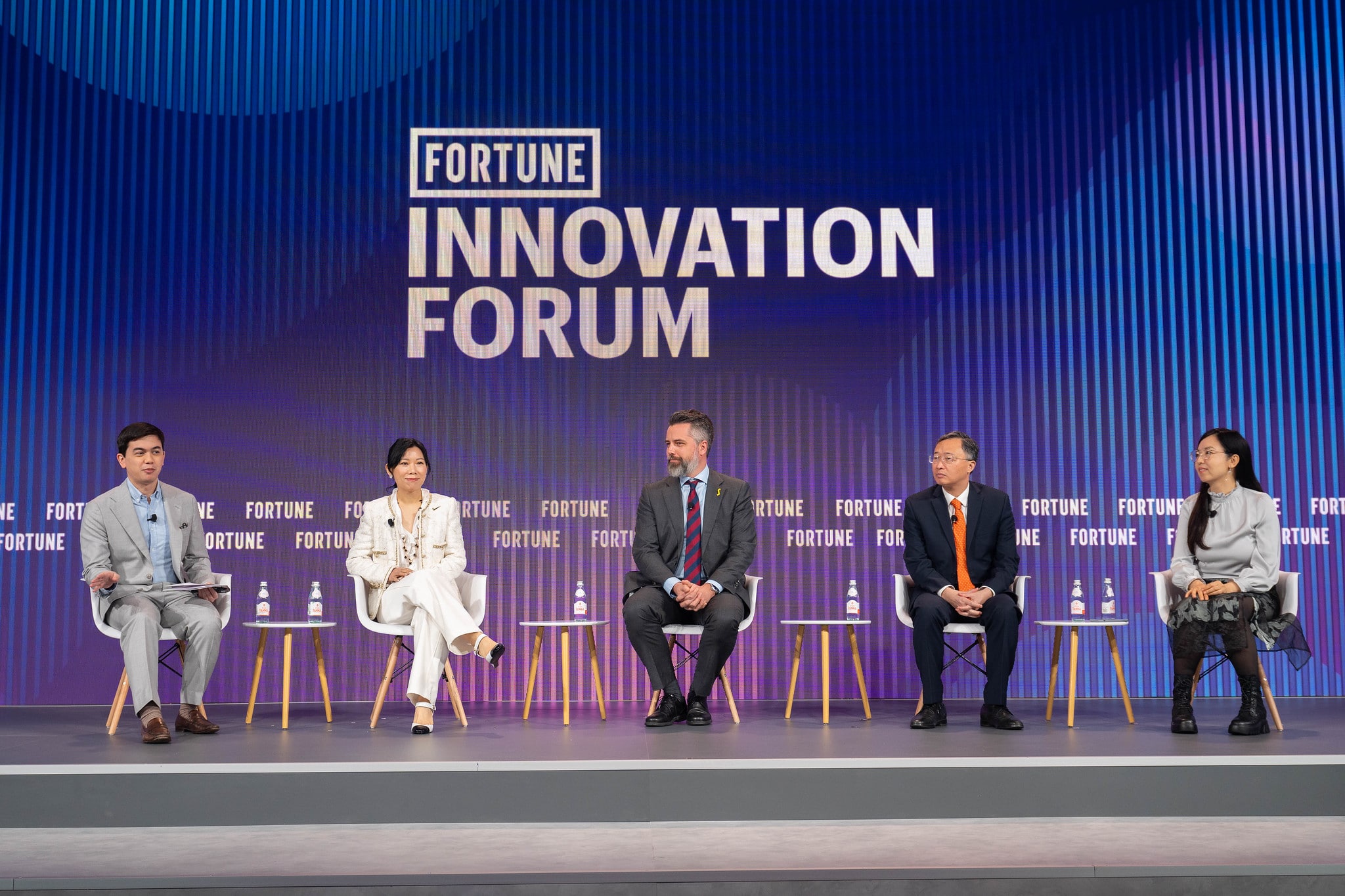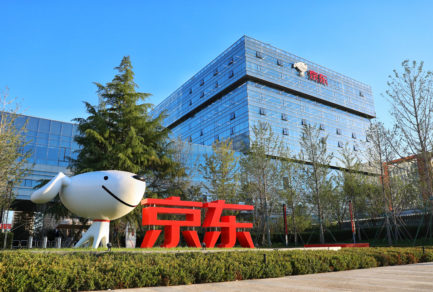Sep 15, 2020|
Chenkai Ling: JD’s Definition of Agility
by Ella Kidron
“In the VUCA (Volatility, Uncertainty, Complexity, Ambiguity) environment right now, agility is essential not only for retail and e-commerce, but every industry,” said Chenkai Ling, Vice President of JD.com; Head of Strategy Development and CEO office, JD Retail; and Chief of Staff to the CEO of JD Retail. “In the pandemic period, agility helped JD respond to the market promptly and understand consumers in a very effective way, and also help us successfully go through our biggest events such as 618 (JD’s June 18th anniversary) and 11.11 (Singles Day, November 11th) Grand Promotions.” Ling made the remarks on September 15th, in a fireside chat during the WRC Connected event, an online event hosted by the World Retail Congress. The discussion was hosted by Michael McCool, Managing Partner for Asia at AlixPartners.

Michael McCool and Chenkai Ling in conversation during WRC Connected virtual forum
Under COVID-19, companies around the world are facing intense pressure to be agile. JD is not an exception to the rule, but the company’s deliberate agility strategy has been key in it being able to quickly meet market demand. Ling explained how JD thinks about agility, and how it is not just a reactive measure, but rather a key consideration in the company’s planning and management process, as well as talent cultivation.
How to be agile, from JD’s perspective
JD’s agility strategy has three core pillars, according to Ling:
First, everything JD does is customer focused. During the quarterly management meeting, the company will host a dedicated session to understand customers, including field visits to speak with customers directly. This ensures that the company has a keen sense of what customers want and can ensure that its innovation is developed with the customer front-of-mind. It also helps JD understand the market very quickly.
Second, JD has implemented the “Big Boss” project (more on “Big Boss” in this article). With Big Boss, the company delegates decision-making power to managers in the frontlines. As Ling describes it, letting the people who can directly hear the voices of customers, make decisions, rather than going through layers of approval which get further and further away from the “battlefront”. Finally, the company is looking at the organization as a combination of “LEGO bricks”. Each of JD’s capabilities is a LEGO brick, and structures can be build according to different external demands.
Buttressing these three pillars are JD’s strengths in supply chain and technology. One of the core supply chain strategies behind JD’s business is omnichannel retail. “Digitization and omnichannel are not in conflict,” said Ling. “For a retailer, the way to measure success is customer experience. Consumers are getting more sophisticated and have higher demands.” Right now, there are a lot of shopping formats – online, offline, livestreaming, content commerce, and social commerce, just to name a few. “Consumers have a very strong need to have a consistent experience across shopping formats,” explained Ling.
From the retail perspective, with e-commerce accounting for less than 25% of retail penetration in China, the vast majority of retail is still offline. “As e-commerce players grow larger, it’s very natural for them to go offline.” According to Ling, while there are already a lot of pure offline players, e-commerce players have already accumulated a lot of capabilities, such as technology infrastructure, which can be used to empower offline players. Ling summed it up well saying, “Online retail has the need to go offline, as well as the infrastructure to integrate together with the offline player,” leading to a clear mutual benefit solution.
No matter whether it is omnichannel retail or a pure B2C e-commerce model, supply chain is crucial. “This is why we always promote JD.com’s position as a technology and services enterprise with supply chain at its core,” assets Ling. JD Retail, the retail business under JD.com, is known similarly as a friendly transaction platform with supply chain at its core. “Supply chain is a very crucial capability for us because we are different from other platforms.” The majority of JD’s revenue comes from the transaction itself, rather than the monitoring of traffic or advertising. As such, Ling sees two major elements of supply chain: Merchandise or product and infrastructure or logistics.
“For omnichannel, supply chain is definitely important,” said Ling. For omnichannel to work well, JD needs a holistic merchandise model for different channels, rather than some products prepared for online and some different products prepared for offline. Logistics is the same – JD has to consolidate online, B2C warehouse, offline store and more to ensure a holistic logistics model that can work across channels.
Operating China’s largest e-commerce logistics infrastructure, JD Logistics is the only logistics company in the world to provide small-to-medium sized warehousing, oversized warehousing, cross border, cold chain delivery, frozen and chilled warehousing facilities, B2B and crowdsourcing logistics. The company operates a network of over 750 warehouses and provides same- and next-day delivery as standard in China. This is a level of service unmatched by any other company of its size in the world, and importantly a level of service customers and brand partners have come to expect of JD.
The emergence of the livestreaming phenomenon is also something Ling is eyeing strategically. “From our perspective, if you take a step back, livestreaming is a type of content. This is very important, as we believe content and retail will converge in the future.” JD has a clear position on livestreaming. Whereas some companies and platforms see livestreaming as a business, “We see our livestreaming as a tool to enable merchants.” There are two types of shopping intentions – purpose and impulse shopping. “Livestreaming fits impulse shopping very well,” said Ling. The classic e-commerce model is focused on saving time – you open the app, search for the product you want and place an order. But livestreaming is more about “killing time”. “It fits some products and some shopping moments.”
Most of the products purchased through livestream are long tail products, which can cause some challenges for supply chain. But this is where JD’s role as a technology player is particularly relevant. “We have digital tools for sales forecast and AI-based inventory management systems to ensure good lead time and accurate planning to ensure no inventory gaps.” In May, JD announced a partnership with livestreaming leader Kuaishou to provide supply chain support for products sold on Kuaishou.
Chenkai Ling at JD’s Headquarters in Beijing
Ensuring collaboration
As McCool rightly points out, managing an organization of JD’s size – the company has 280,000 full-time employees – is not without its challenges. Ling explains, “Sometimes aligned objectives are a challenge.” It is about making sure that the objective “on the paper” and the department’s own objectives are both well-understood. Additionally, when people work in a department for a long time, it is easier for them to be accustomed to work in silos. “That’s very natural. What is most challenging for us is how to change their mindsets, and encourage them to share resources and objectives. This takes time to build, but once you move past that threshold, things become easier,” he added.
In order to avoid teams working in silos and encourage collaboration, the company has indicated several clear measures. From a mechanism perspective, regular meetings ensure information can flow smoothly across different departments and divisions. Ling explains that JD Retail has a morning meeting at 7:45 each morning to share any information that will be useful across teams and departments, with the goal of transparent communication. The entirety of JD Group will also have a weekly meeting every Monday where all department heads across the group, whether from JD.com, JD Retail, JD Logistics, JD Digits, JD Health, etc., will share information that might impact other groups.
JD also strongly encourages internal transfer, offering both short-term and long-term internal transfer opportunities. This helps people understand the different pain points of various business units and groups, and to work more collaboratively, having stood in each other’s shoes. Lastly, for important projects, different departments will share KPIs to further encourage collaboration. For example, if a project requires the full support of both the merchandising and advertising departments, those two departments will share the same KPIs for the project.
It all boils down to collaboration, which is one of JD’s six core values. “Teamwork and collaboration are the cornerstones, and what we strongly promote in terms of working and recruiting,” said Ling.
To view the entire video of Chenkai’s sharing, please register for WRC Connected and access the portal here.








 JD Super and Nestlé Deepen Digital Cooperation to Precisely Target Consumers
JD Super and Nestlé Deepen Digital Cooperation to Precisely Target Consumers


